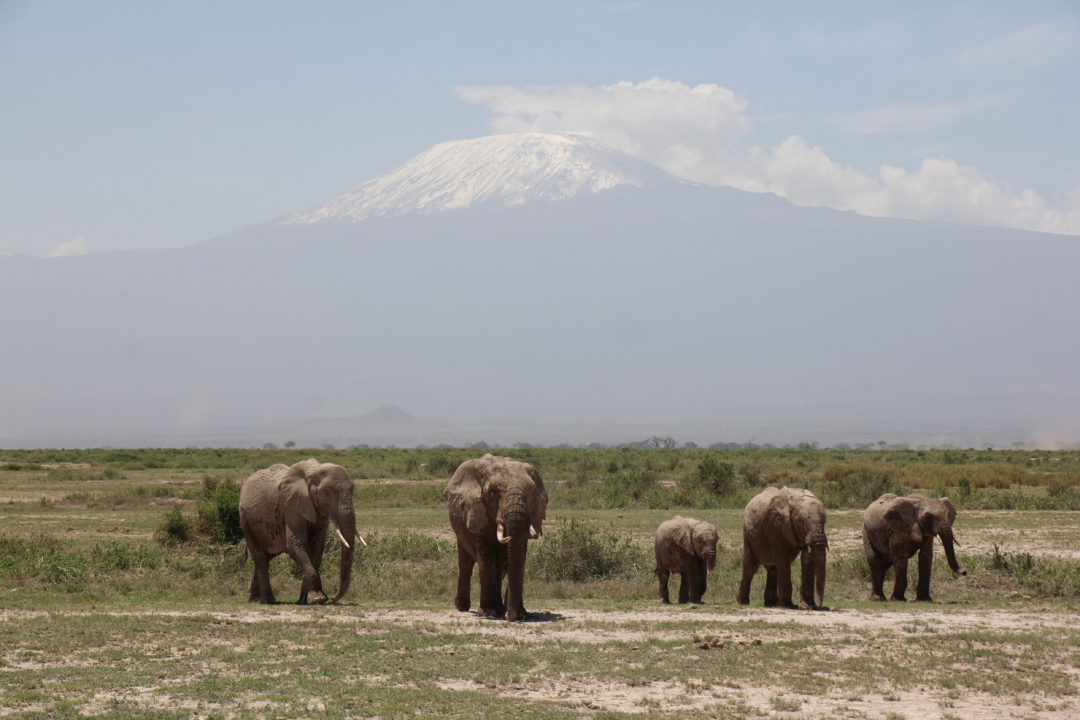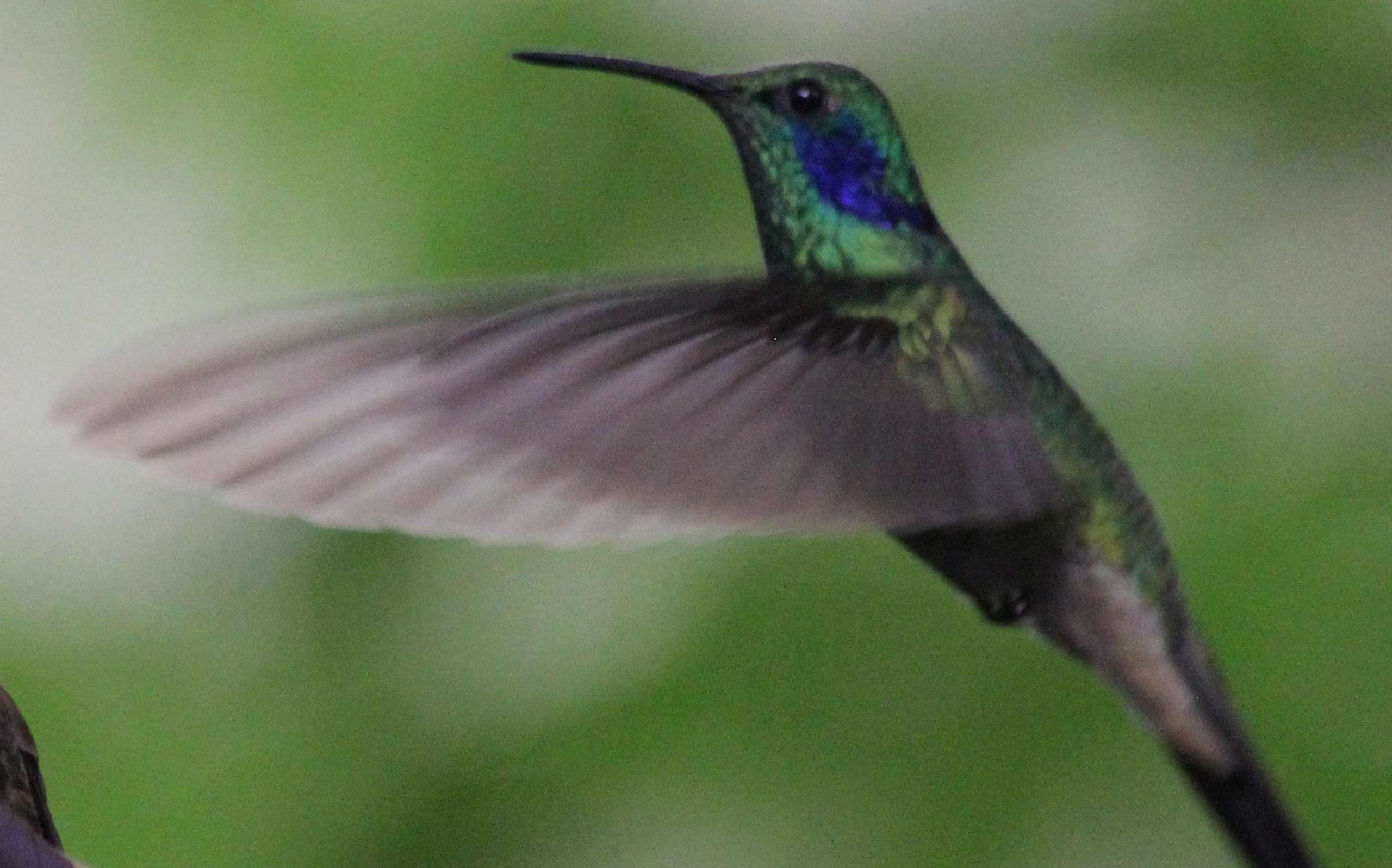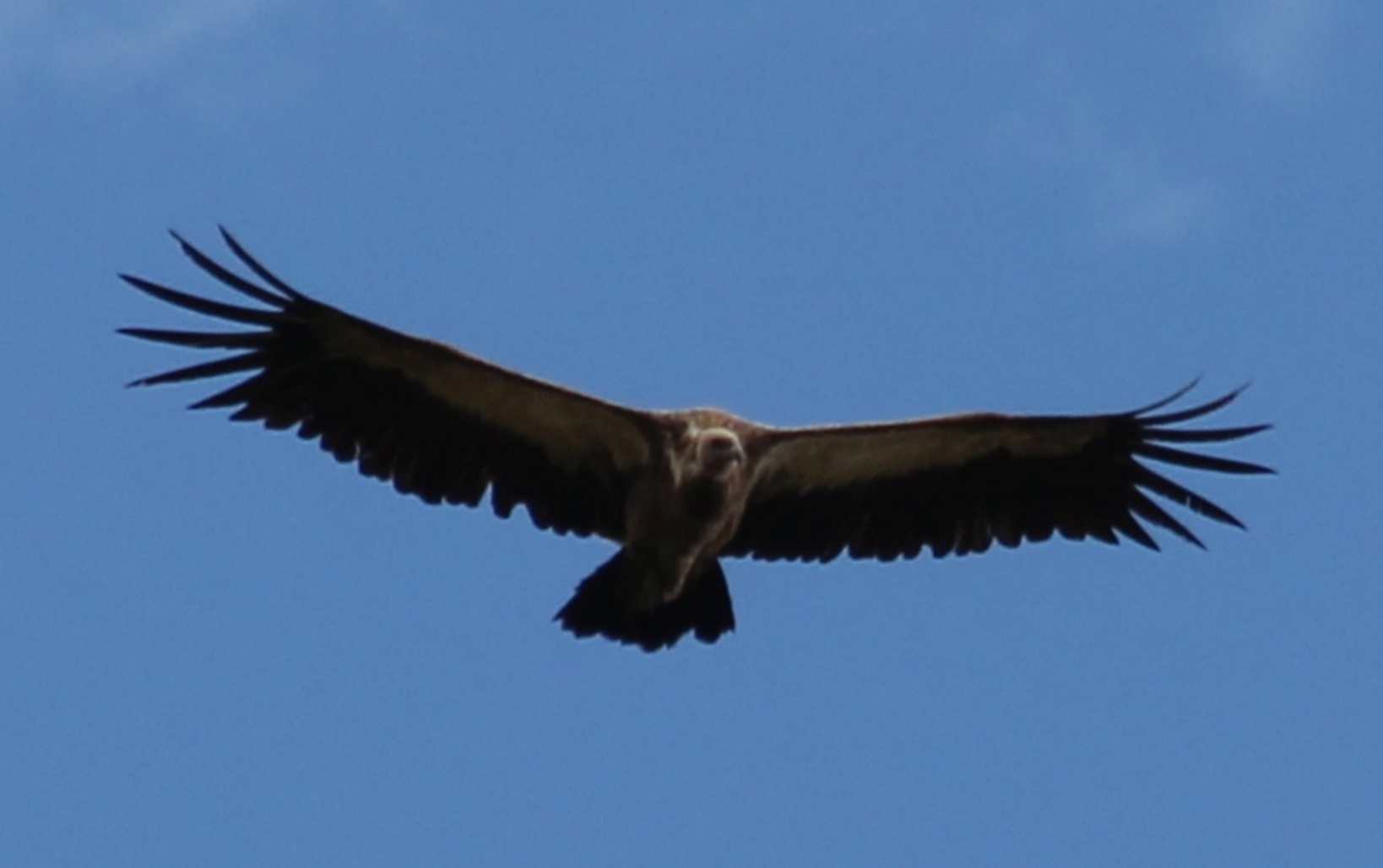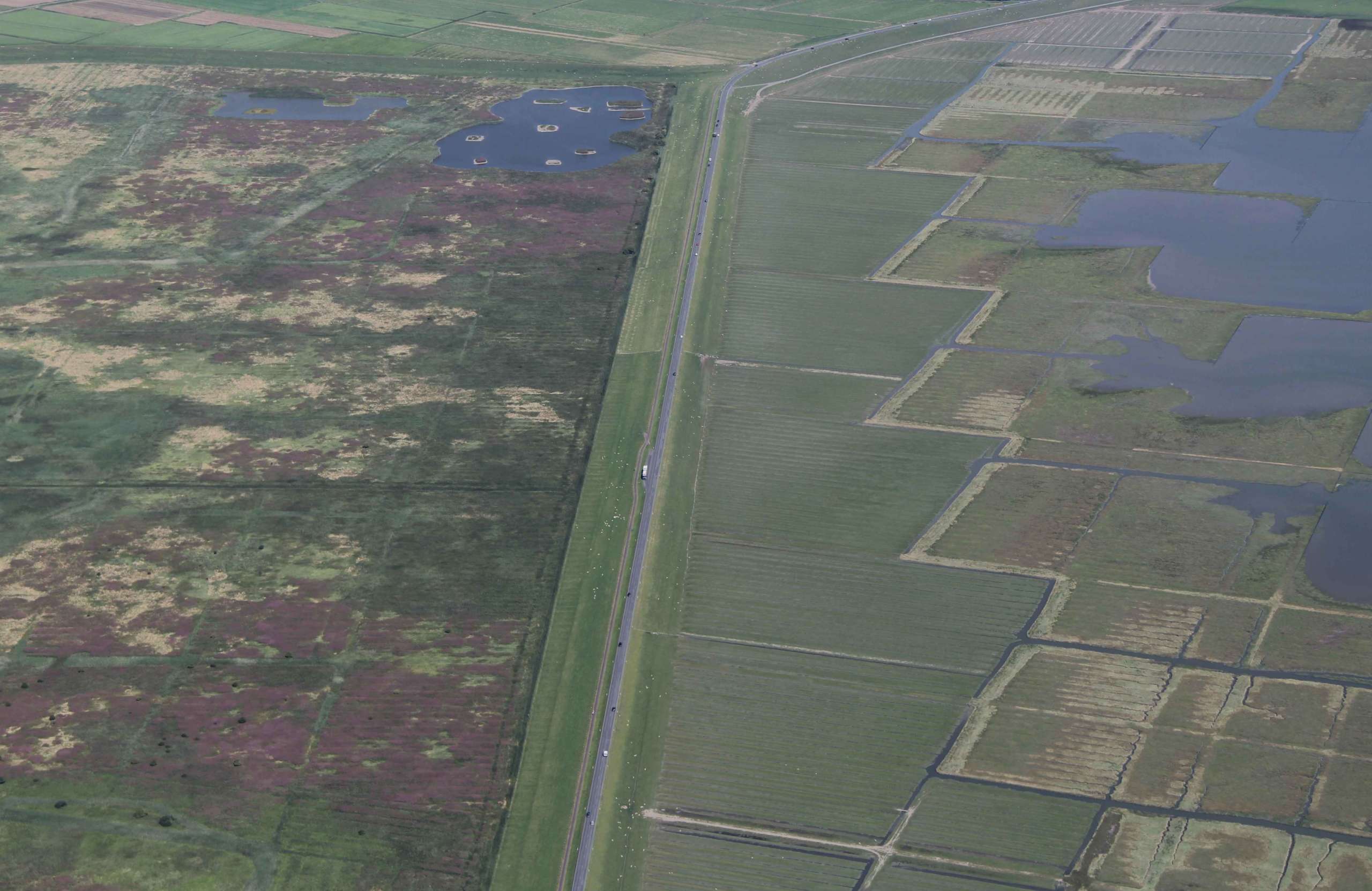B. G. Holt, F. G. Marx, S. A. Fritz, J.-P. Lessard, C. Rahbek (2020) Evolutionary diversification in the marine realm: a global case study with marine mammals. Frontiers of Biogeography 12: e45184.
Vollstädt, M. G. R., J. Albrecht, K. Böhning-Gaese, A. Hemp, K. M. Howell, L. Kettering, A. Neu, E. L. Neuschulz, M. Quitián, V. E. Santillán, T. Töpfer, M. Schleuning, S. A. Fritz (2020) Direct and plant-mediated effects of climate on bird diversity in tropical mountains. Ecology and Evolution 10: 14196-14208
P. J. Leitão, C. J. Andrew, E. K. Engelhardt, C. H. Graham, C. Martinez‐Almoyna, A. Mimet, S. Pinkert, B. Schröder, A. Voskamp, C. Hof, S. A. Fritz (2020) Macroecology as a hub between research disciplines: Opportunities, challenges and possible ways forward. Journal of Biogeography 47: 13-15.
M. Pontarp, L. Bunnefeld, J. S. Cabral, R. S. Etienne, S. A. Fritz, R. Gillespie, C. H. Graham, O. Hagen, F. Hartig, S. Huang, R. Jansson, O. Maliet, T. Münkemüller, L. Pellissier, T. F. Rangel, D. Storch, T. Wiegand, A. H. Hurlbert (2019) The latitudinal diversity gradient: novel understanding through mechanistic eco-evolutionary models. Trends in Ecology and Evolution 34: 211-223.
A. Antonelli, W. D. Kissling, S. G. A. Flantua, M. A. Bermúdez, A. Mulch, A. N. Muellner-Riehl, H. Kreft, H. P. Linder, C. Badgley, J. Fjeldså, S. A. Fritz, C. Rahbek, F. Herman, H. Hooghiemstra, C. Hoorn (2018) Geological and climatic influences on mountain biodiversity. Nature Geoscience 11: 718-725.














